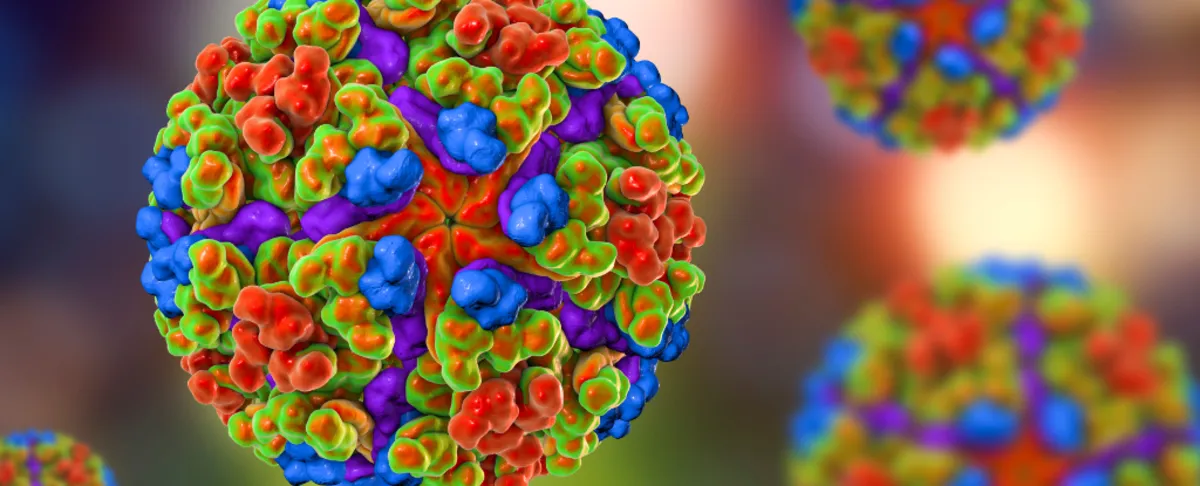
The World Health Organization (WHO) issued a critical warning on Tuesday regarding an impending chikungunya virus epidemic that poses a significant threat worldwide. The organization emphasized the need for immediate action to avert a crisis similar to a major outbreak that occurred two decades ago. According to the WHO, early warning signs reminiscent of past epidemics are emerging, prompting a proactive response to prevent a recurrence.
Chikungunya is a viral disease transmitted by mosquitoes, primarily causing fever and intense joint pain, which can lead to debilitating symptoms. In some instances, the disease can even be fatal. Despite being lesser-known than other mosquito-borne illnesses, chikungunya has been identified in 119 countries around the globe, putting an estimated 5.6 billion people at risk, as noted by WHO's Diana Rojas Alvarez.
Rojas Alvarez referred back to the chikungunya outbreak that occurred from 2004 to 2005, which spread across the Indian Ocean, impacting small island territories before reaching a global scale, affecting nearly half a million individuals. Currently, the WHO is observing a similar pattern, with significant outbreaks reported in Reunion, Mayotte, and Mauritius since the start of 2025. Alarmingly, it is estimated that one-third of Reunion's population has already been infected.
The symptoms of chikungunya closely resemble those of dengue fever and Zika virus disease, complicating the diagnostic process. Rojas Alvarez stated that, similar to the situation 20 years ago, the virus is expanding to other regions, including Madagascar, Somalia, and Kenya. Furthermore, epidemic transmission is also evident in South Asia, with imported cases reported in Europe, particularly linked to the outbreaks in the Indian Ocean islands. Local transmission has been confirmed in France, and suspected cases have emerged in Italy.
Given the patterns of transmission observed during the previous outbreak, the WHO is calling for urgent measures to prevent history from repeating itself. Rojas Alvarez highlighted that while the case fatality rate is less than one percent, this figure translates to thousands of potential deaths when considering millions of cases. The WHO is raising the alarm early to enable countries to prepare, enhance their detection capabilities, and strengthen their healthcare systems to mitigate the effects of large-scale outbreaks.
Rojas Alvarez explained that in regions with low immunity to the virus, chikungunya can lead to significant epidemics, potentially affecting up to three-quarters of the population. The chikungunya virus is primarily transmitted through the bites of infected female mosquitoes, notably the Aedes aegypti and Aedes albopictus species. The latter, commonly known as the tiger mosquito, is expanding its range northward due to climate change driven by human activity. These mosquitoes are most active during daylight hours, particularly in the early morning and late afternoon.
To combat the chikungunya virus, the WHO urges individuals to take protective measures, such as using effective mosquito repellent and eliminating stagnant water in containers like buckets, where mosquitoes can breed. By adopting these preventive strategies, communities can significantly reduce the risk of widespread transmission of this debilitating virus.